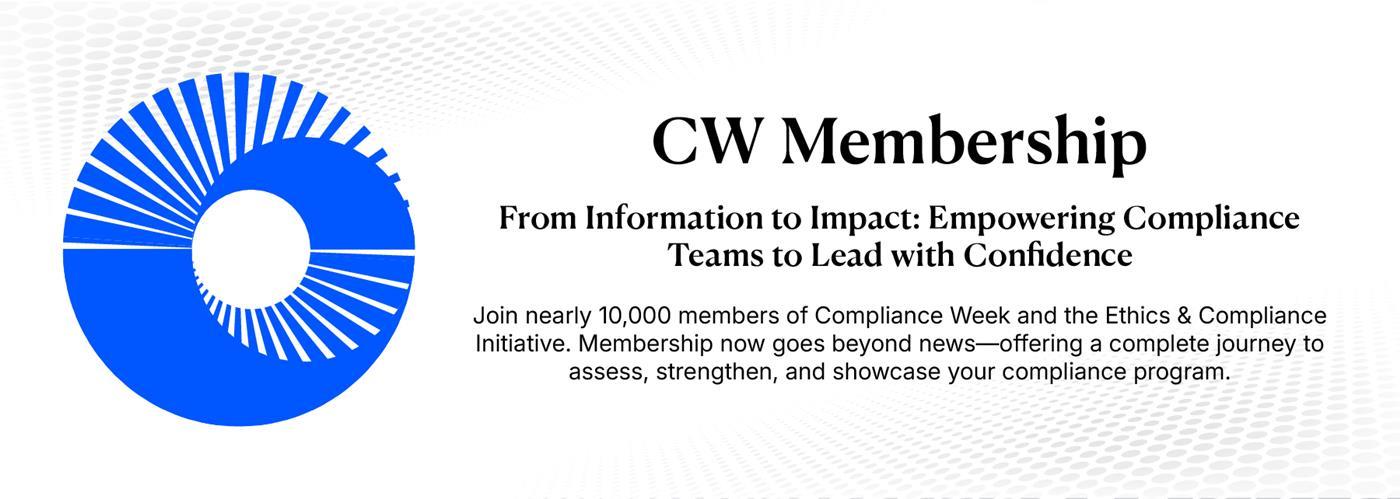Fed vice chair: Large banks should expect capital standards to increase

The Federal Reserve Board will propose increasing capital standards for large banks and holding companies to build up the banking system’s resiliency against unanticipated market shocks.
Michael Barr, the Fed’s vice chair for supervision, said Monday in a speech the banking regulator will propose large and complex banks and holding companies with more than $700 billion in assets be required to reserve an additional 2 percentage points of capital—or an additional $2 of capital for every $100 of risk-weighted assets.
“While this increase in requirements could lead to some changes in bank activities, the benefits of making the financial system more resilient to stresses that could otherwise impair growth are greater,” Barr told an audience at the Bipartisan Policy Center in Washington, D.C. Most large banks covered by the new rule already have the necessary capital to meet the new requirement, he said.
THIS IS MEMBERS-ONLY CONTENT
You are not logged in and do not have access to members-only content.
If you are already a registered user or a member, SIGN IN now.












